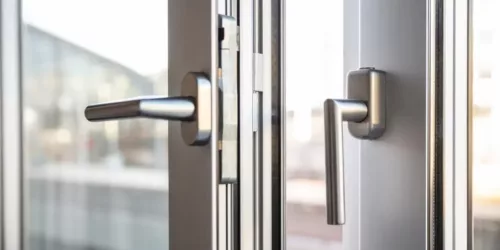Guide to uPVC Windows and Doors
- Overview of plastic windows and door styles
- Average prices to pay
- Comparison to aluminium
Unplasticised polyvinyl chloride, or uPVC, is a relatively cheap material, making it ideal for use in window and door frames. The plastic offers many properties that give you thermal efficiency and security at the same time. If you’re thinking about replacing your old openings, consider uPVC windows and doors.
This article will explore the options for choosing an array of uPVC windows and doors. There are many styles available, so it helps to know what’s on the market. The article will also compare different materials and present the pros and cons to help you decide what would work best.
Ready for made-to-measure uPVC windows? Use our quote comparison tool to receive prices from local installers. It will only take a minute.
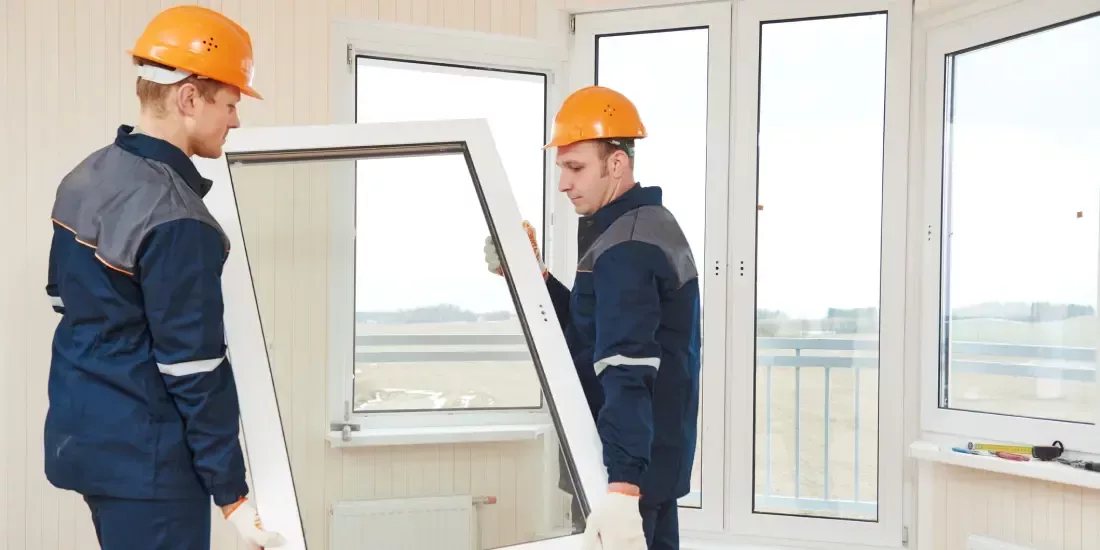
What's On This Page?
Click the links below and head straight to a specific section of the article.
Styles of uPVC Windows and Doors
uPVC has been in use since the 1980s and was brought in as an alternative for single glazed aluminium and wood. As a more thermally efficient and stable material that was quick to produce and at a lower cost, its popularity only increased to the point where uPVC windows and doors are the default replacement.
The range of uPVC windows and doors are available in the following styles:
Casement
Awning
Sliding sash
Tilt and turn
French
Sliding patio
Bifold
uPVC Windows
Casement
These are the standard windows you’re probably most familiar with, with a handle in the middle and opening outwards. Most popular for being cheap uPVC windows.
Awning
Mostly used for smaller openings, these operate from a hinge at the top to prevent any water coming in. They can be combined with other window styles, such as casements.
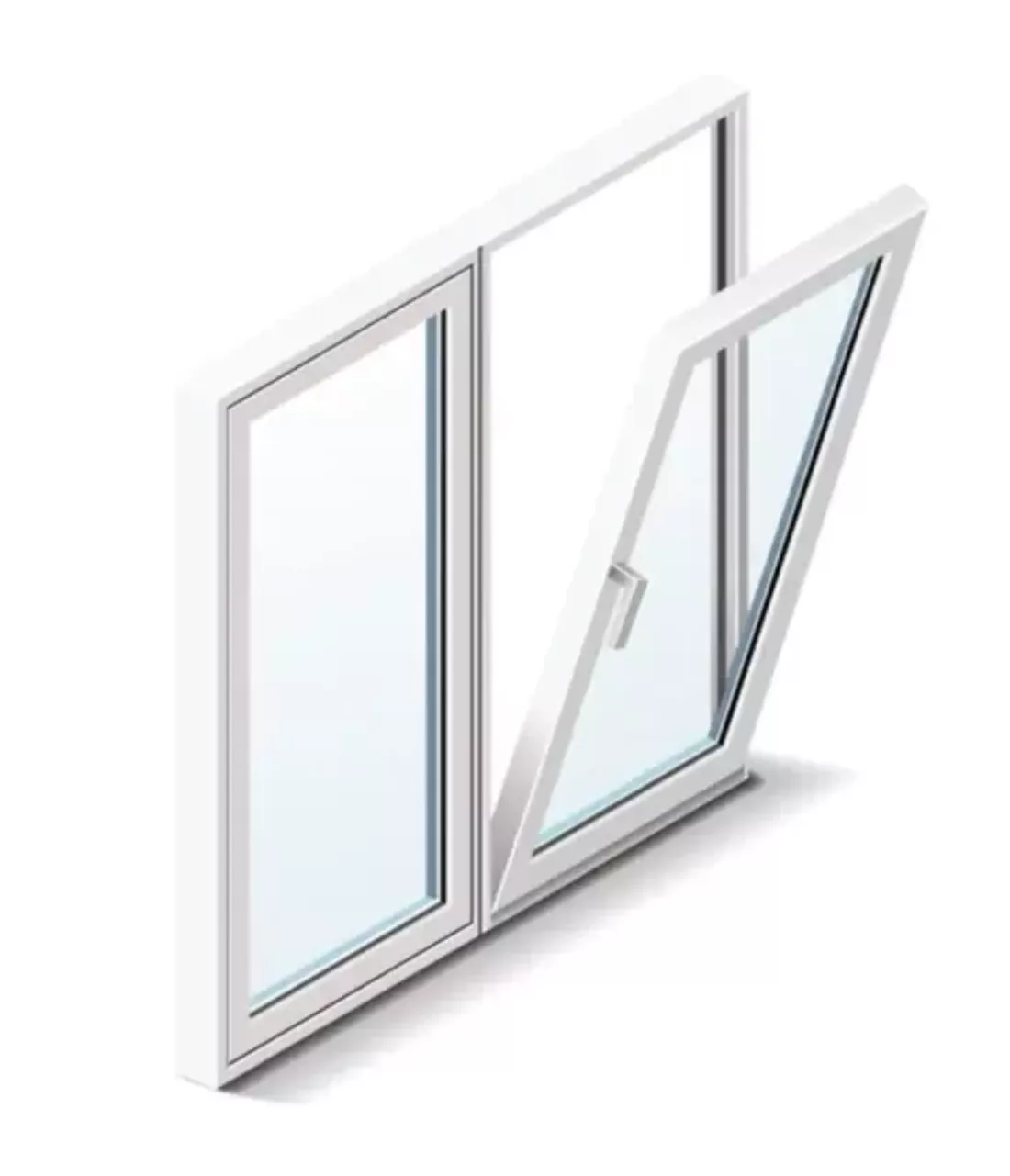
Sliding Sash Windows
The typical Georgian style window with one fixed pane and one that lifts up and down.
Tilt and Turn
These windows can open inwards one of two ways, on a side or bottom hinge, allowing you to clean them safely from indoors.
uPVC Doors
French
Opening outwards, French doors are meant to offer an immediate entryway outside.
Sliding Patio
Patio doors are large glazed frames that slide on tracks to open. They can be controlled more easily.
Bifold
These frames fold in on each other and tuck away at the edge of the door frame. You can read more about uPVC bifold doors in our accompanying guide.
How Are uPVC Windows and Doors Made?
When the plastic is made, it’s heated up and pressed into moulds. Once formed, it cools rapidly and allows for cutting and constructing into the desired shape of your uPVC window frames and door designs. Easy to use and welded together, the plastic is versatile, which is why so many designs and styles are available.
Once constructed, the windows or glazed panels are usually double glazed. This comes as a sealed unit that contains an inert gas, typically argon, which prevents and limits the amount of heat transferred and lost through the glass panels. Window energy ratings are measured using U-values. Higher numbers indicate more heat lost, so energy efficient replacement uPVC windows and doors will have lower U-values.
Colour Choices
If anyone thinks of uPVC, they probably imagine the standard white material. Fortunately, different colours and textures are available for uPVC windows and doors, which gives you a much bigger choice in order to complement your home properly. For example, you might be interested in wooden frames, but are put off by the price. A woodgrain effect can be added to uPVC and a brown colour to match.
If you’d like aluminium, but are put off by the higher price, why not look into grey uPVC windows instead? While an array of different options are available for uPVC windows and doors, bear in mind that coloured and textured frames will cost you around 10–20% more than the standard white option. Take a look at various colours on offer for windows in our accompanying guide.

Pros and Cons of uPVC
Not just a single-use material, uPVC is often used for pipework, such as guttering and downpipes. As a versatile plastic that’s easy to use and manufacture, you can rest assured that your uPVC windows and doors will last.
Advantages
Plenty of choice
Energy efficient
Low maintenance
Recyclable
Low cost
There are plenty of styles to choose from for uPVC windows and doors, which can be a little overwhelming for some. With coloured and textured options available, you can effectively mimic other aspects of your exterior without the price tag of other, more expensive materials. As a bonus, the lack of maintenance involved means you won’t have to constantly keep them clean and dry.
With a high thermal performance rating, uPVC windows and doors offer slightly better energy efficiency than aluminium or wooden frames. This is because plastic isn’t as affected by temperature changes, which keeps your heating bills low. As well as this, double glazed uPVC windows offer superior heat retention compared to single glazing and older windows.
On a final note, uPVC can be recycled once it gets to the end of its useable lifespan. This helps introduce more of a circular economy, helping produce new uPVC windows and doors without needing to manufacture as much new plastic.
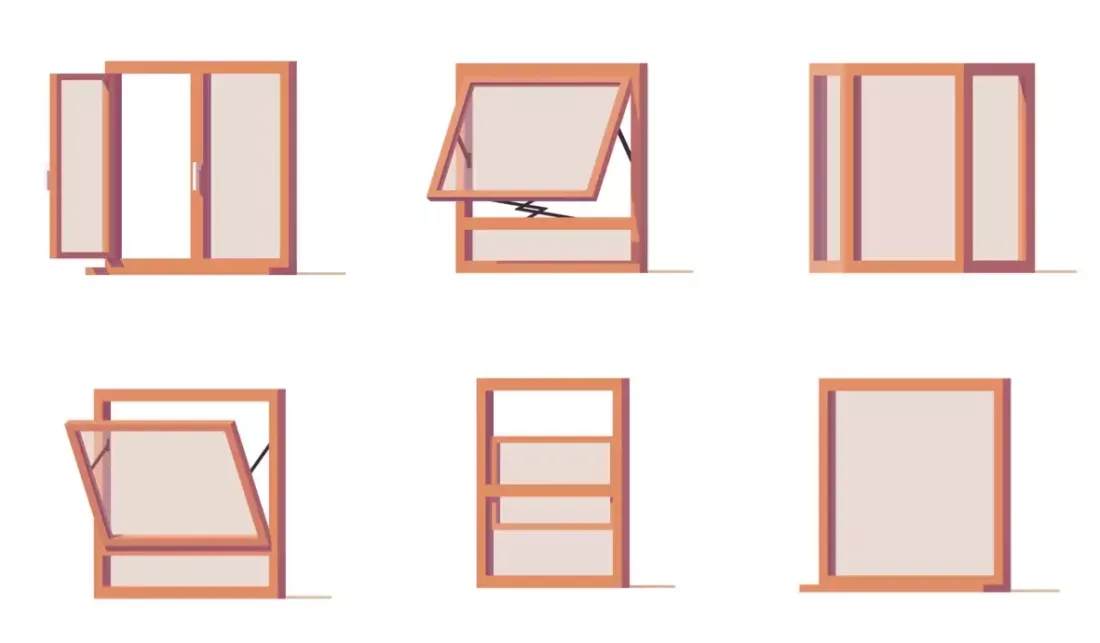
Disadvantages
Shorter lifespan
Not as strong
Aesthetically uninspiring
Environmental impact
While 20 years is a long time for uPVC windows and doors to last, it’s not as long as other materials. Aluminium and timber can at least double this longevity, giving you more for your money for longer. You can also argue that uPVC isn’t visually stimulating or as attractive as other materials, especially with their bulkier frames.
Another downside is that uPVC windows and doors aren’t as durable as timber or aluminium. Exposure to the elements over the decades can leave them prone to cracking. Older uPVC products were also susceptible to peeling and warping.
Finally, plastic isn’t a natural material, which means its manufacture has a worse environmental impact compared to timber or aluminium. As an energy intensive process that requires fossil fuels to make, uPVC windows and doors are best left for professionals to install, rather than the DIY approach, as more sustainable materials are available for personal projects.
How Much Do Windows and Doors in uPVC Cost?
As always, the number of openings you require will change the price, as well as different window handles, locking system, styles and designs. Bigger uPVC windows and doors will set you back more, such as bay windows and bifolds. Additionally, some companies will charge differently for labour.
You can expect a tilt and turn window to cost between £300 and £640, but this figure is only useful if you’re replacing a single window. For both uPVC windows and doors, Checkatrade estimates prices to range from £6,000 to £15,000, and that’s for 8 windows and 2 doors.
Cost estimates have been included in the interactive graph below.
When it comes to getting an accurate figure for uPVC windows and doors, it can be tricky to find similar quotes amongst different suppliers. This is because all jobs are bespoke. You also have to think about several other aspects that will raise the uPVC window prices quoted, such as:
Scaffolding
Hourly or daily labour rates
Interior plastering surrounding the frames
Help to Buy
If the funds are not available, you might be able to receive help to buy windows. Being in a low income household or a poorly insulated home can make you eligible, especially if you’re entitled to certain benefits. If you do make use of these grants, you’ll have uPVC windows and doors installed, as these are the cheapest option available.
Maintenance Requirements
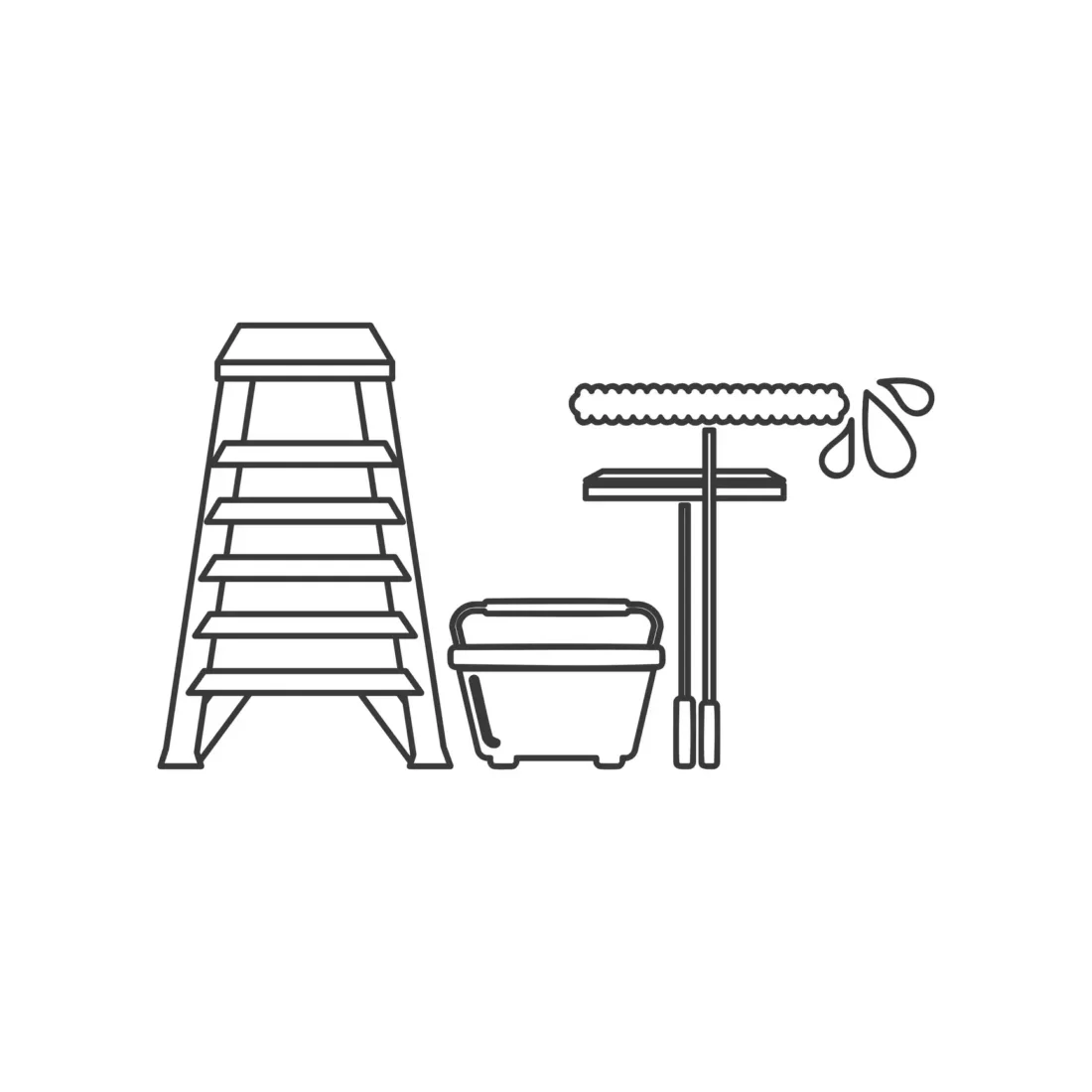
In terms of frame material, uPVC windows and doors don’t require much attention. As they will endure outside conditions, the most you will have to do is clean them down every so often to keep them looking pristine. Dirt and grime can show up more easily on the standard white and lighter colours, so these may need attention more often.
Warm water and a mild detergent is the best combination for cleaning uPVC windows and doors. A soft, clean cloth can prevent dirt and grit from scratching the surface too. Abrasive cleaners should be avoided as you can dull the surface and remove the protective layers.
To prevent discolouration, you can keep open windows when you’re cooking, and not smoke indoors. Cigarette smoke in particular can damage the material in irreversible ways over long periods of time.
uPVC vs Aluminium
Compared to using aluminium, uPVC windows and doors come with certain benefits. As well as being more affordable, they are still a decent way to secure your home.
Cost
Price wise, aluminium windows and doors will range from £475 for casement windows to £3,750 for bifolds. For plastic equivalents, you’d pay around £350 for uPVC casement windows and about £3,200 for bifolds. When replacing uPVC windows and doors, the cheapest option is to keep with plastic.
Energy Efficiency
Aluminium is prone to harbouring condensation because it’s a great insulator. This isn’t a problem for uPVC windows and doors, as the plastic is better at keeping heat out. With slightly higher energy efficiency, you’ll stay warm with uPVC.
Security
As a slightly bulkier material, uPVC windows and doors keep your home secure by making it more difficult to gain unwanted access. While aluminium is lighter and more durable, you are still safe with the use of plastic.
Getting New Windows and Doors
The Professional Touch
Finding the right company to install your windows and doors is paramount to making sure you don’t suffer from unintentional issues further down the line. Instead of DIY uPVC windows, a professional will guarantee the work under their warranty, and comply with British Standards. Not only this, but your uPVC windows and doors will be installed quickly and efficiently.
Using a company can work out cheaper than looking for uPVC windows that are supply-only. This is because businesses have access to trade-only prices, which drives down the cost. Of course, you’d have to factor in the labour and installation costs, but the overall price will be lower than if you completed the job yourself.
Get Quotes
You can find some of the best uPVC window companies online and do a little research to see how their customers respond to their work. When looking for new uPVC windows and doors, we recommend getting at least three quotes from different suppliers. This way, you can ask as many relevant questions as you can to put your mind at ease, and get the best deal at the same time.
Fortunately, we can help by putting you in contact with local suppliers. Use the button below to start your quote process for uPVC windows online. You can also do the same for doors.
Related articles
View all Glazing articles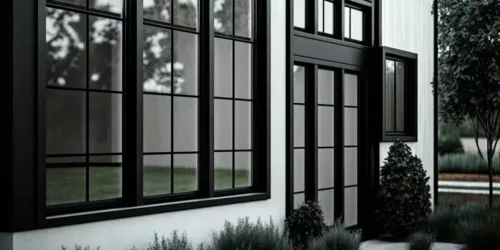
How Much Would It Cost to Double Glaze a 3 Bedroom House?
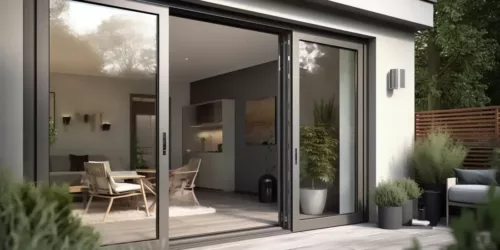
A Complete Guide to Double Glazing Doors

Replace Your Double Glazed Unit - A Useful Guide
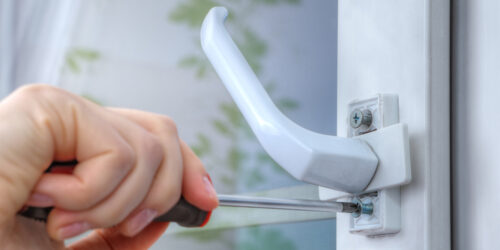
Double Glazing Repairs – All You Need to Know
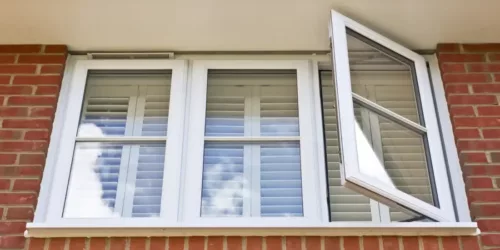
Trickle Vents in Windows: Are They Still Needed?

Energy Efficient Windows: A Guide To Better Window Energy Efficiency
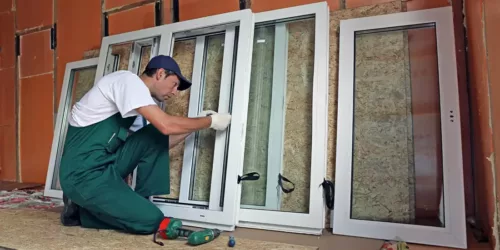
Double Glazing Repair – Is It Worth It?
